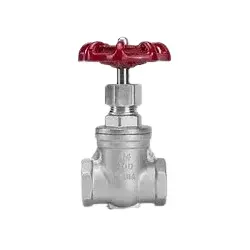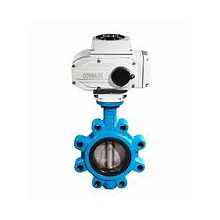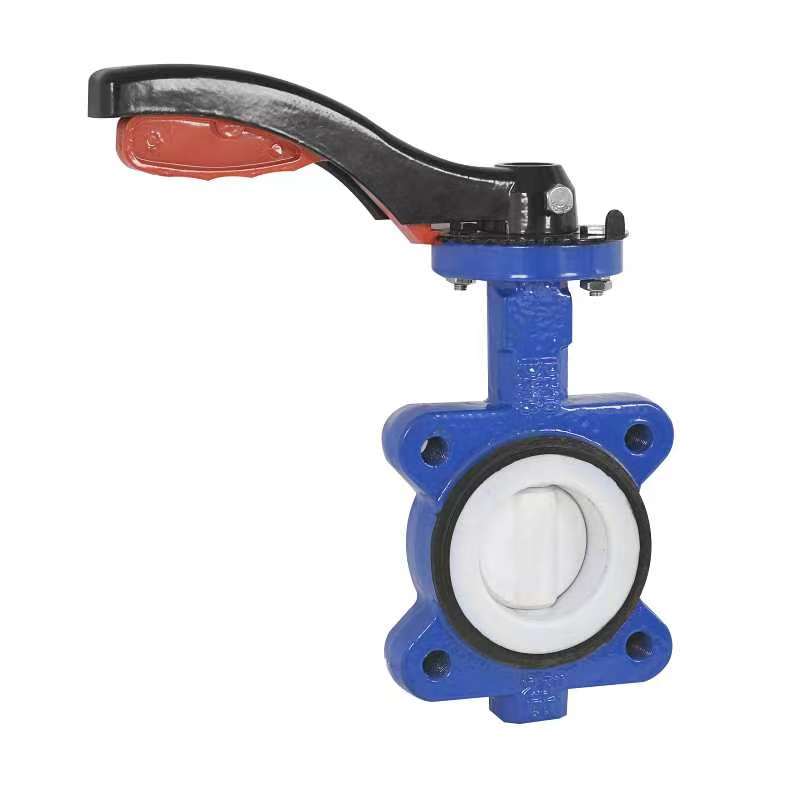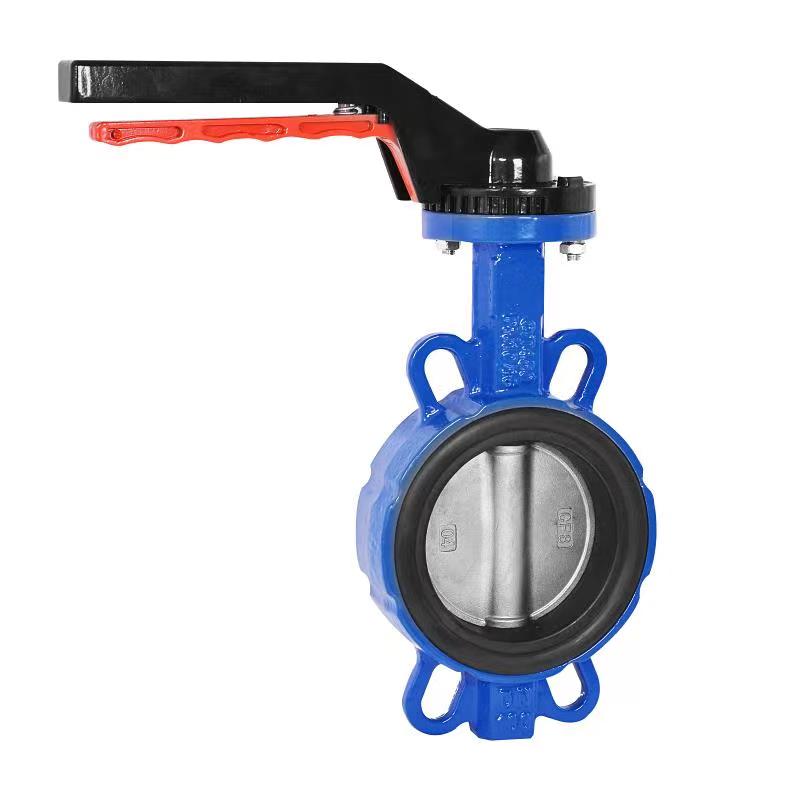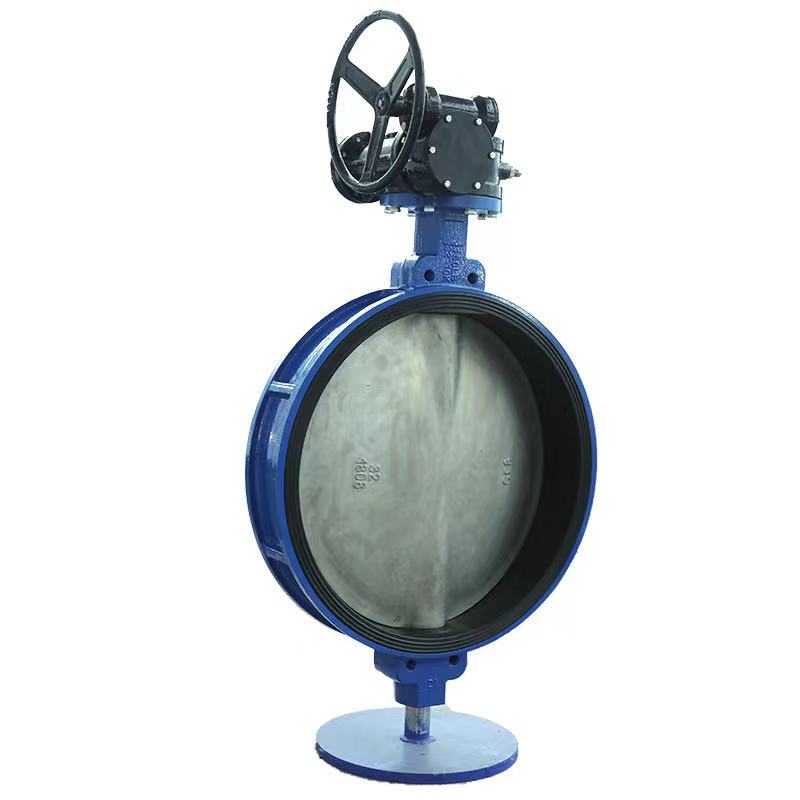- English
- Español
- Português
- русский
- Français
- 日本語
- Deutsch
- tiếng Việt
- Italiano
- Nederlands
- ภาษาไทย
- Polski
- 한국어
- Svenska
- magyar
- Malay
- বাংলা ভাষার
- Dansk
- Suomi
- हिन्दी
- Pilipino
- Türkçe
- Gaeilge
- العربية
- Indonesia
- Norsk
- تمل
- český
- ελληνικά
- український
- Javanese
- فارسی
- தமிழ்
- తెలుగు
- नेपाली
- Burmese
- български
- ລາວ
- Latine
- Қазақша
- Euskal
- Azərbaycan
- Slovenský jazyk
- Македонски
- Lietuvos
- Eesti Keel
- Română
- Slovenski
- मराठी
- Srpski језик
- Esperanto
- Català
- שפה עברית
- Cymraeg
- Latviešu
- icelandic
- ייִדיש
- беларускі
- Hrvatski
- Kreyòl ayisyen
- Shqiptar
- Malti
- lugha ya Kiswahili
- አማርኛ
- Bosanski
- Frysk
- ភាសាខ្មែរ
- ქართული
- ગુજરાતી
- Hausa
- Кыргыз тили
- ಕನ್ನಡ
- Corsa
- Kurdî
- മലയാളം
- Maori
- Монгол хэл
- Hmong
- IsiXhosa
- Zulu
- Yoruba
- অসমীয়া
- ଓଡିଆ
- Twi
- Samoa
- Sesotho
- සිංහල
- Gàidhlig
- Cebuano
- Somali
- Тоҷикӣ
- O'zbek
- Hawaiian
- سنڌي
- Shinra
- Հայերեն
- Igbo
- Sundanese
- Lëtzebuergesch
- Malagasy
- Tǝlam Kanuri
- Punjabi
- پښتو
- Chichewa
What is the reason for the poor sealing of gate valves?
2025-11-04
Analysis of Reasons for Poor Sealing of Gate Valves
As a commonly used shut-off valve, if the sealing of the gate valve is not tight, it will cause problems such as medium leakage, which will affect the normal operation of the system. The main reasons for poor sealing of gate valves are as follows.
Sealing surface damage
During long-term use, the sealing surface of gate valves will be worn due to frequent opening and closing. For example, in some frequently operated industrial pipelines, the continuous friction between the gate and valve seat sealing surfaces can make the sealing surface rough, damage the original sealing accuracy, and lead to poor sealing. In addition, if the medium contains hard particles such as sand particles, iron filings, etc., when the gate valve is closed, these particles will be sandwiched between the sealing surfaces, causing scratches, dents, and other damages to the sealing surface, affecting the sealing effect.
Installation issues
Improper installation of gate valves is also a common cause of poor sealing. If the bolts of the gate valve are not tightened according to the specified torque and sequence during installation, it will cause uneven stress on the sealing gasket between the valve body and the valve cover, resulting in a leakage channel. For example, when installing a large gate valve, if one side of the bolt is too tight and the other side is too loose, it may lead to poor sealing. In addition, if the coaxiality deviation between the valve body and the pipeline is too large during installation, the gate valve will bear additional stress during operation, causing deformation of the sealing surface and resulting in poor sealing.
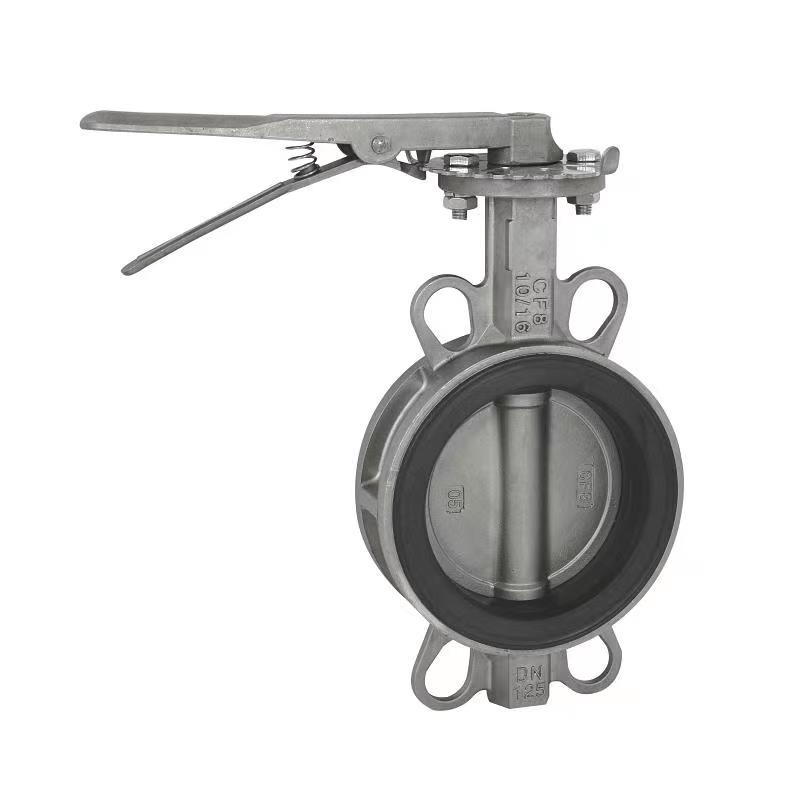
Influence of medium characteristics
The properties of the medium also have a significant impact on the sealing of gate valves. For high-temperature media, after long-term heating, the valve body and sealing components of gate valves will undergo thermal expansion. If the thermal expansion coefficients of each component are different, it will cause gaps between the sealing surfaces, resulting in poor sealing. For corrosive media, it will corrode the sealing surface of the gate valve, causing the sealing material to deteriorate and thin, and reducing the sealing performance. For example, in some chemical production, corrosive media can gradually cause the sealing surface of gate valves to lose its sealing ability.
Insufficient operation and maintenance
Incorrect operating methods, such as running the gate valve in a semi open and semi closed state, can cause uneven flushing of the sealing surface by the medium, accelerating the wear of the sealing surface. At the same time, the lack of regular maintenance, such as timely replacement of aging sealing gaskets and failure to clean the dirt on the sealing surface, can also lead to poor sealing of gate valves.
Related News
- Can check valves prevent pump reversal
- What scenarios are check valves suitable for?
- What should I do if the check valve cannot stop the water?
- What should I do if there is leakage inside the check valve
- What are the types of check valves
- Are there any requirements for the installation direction of butterfly valves?
New Products


